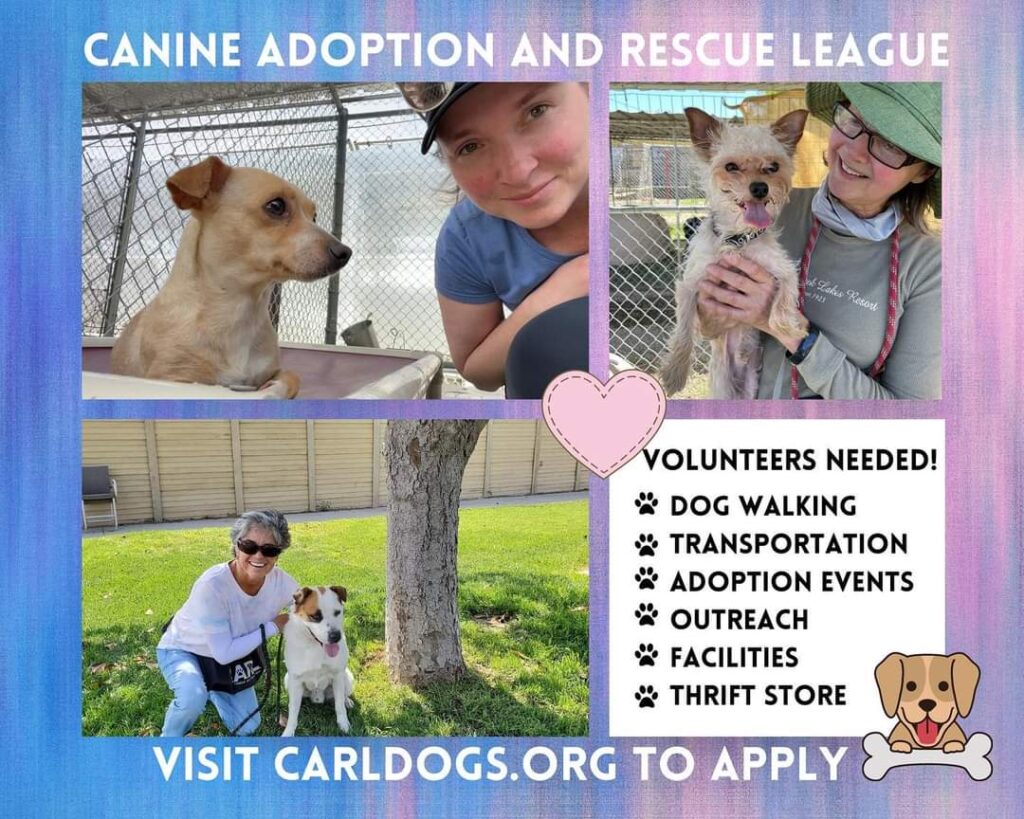From the American Society for the Prevention of Cruelty to Animals® (ASPCA)

Although many people have discovered the beneficial effects of caring for a furry friend, the fact remains that roughly 15 to 20% of the population is allergic to animals. The result? Countless pet parents in unhappy, unhealthy situations—and their beloved pets are the cause! Allergen is the medical term for the actual substance that causes an allergic reaction. Touching or inhaling allergens leads to reactions in allergic individuals. Symptoms can include red, itchy, watery eyes and nose; sneezing; coughing; scratchy or sore throat; itchy skin, and most serious of all, difficulty breathing.
The most common pet allergens are proteins found in their dander (scales of old skin that are constantly shed by an animal), saliva, urine and sebaceous cells. Any animal can trigger an allergic response, but cats are the most common culprits. People can also become allergic to exotic pets such as ferrets, guinea pigs, birds, rabbits and rodents. There is no species or breed to which humans cannot develop allergies. Fur length and type will not affect or prevent allergies. Certain pets can be less irritating than others to those who suffer from allergies, but that is strictly on an individual basis and cannot be predicted.
Once the diagnosis of a pet allergy is made, a physician will often recommend eliminating the companion animal from the surroundings. Heartbreaking? Yes. Absolutely necessary? Not always. Keep in mind that most people are allergic to several things besides pets, such as dust mites, molds and pollens, all of which can be found in the home. Allergic symptoms result from the total cumulative allergen load. That means that if you eliminate some of the other allergens, you may not have to get rid of your pet. (Conversely, should you decide to remove your pet from your home, this may not immediately solve your problems.) You must also be prepared to invest the time and effort needed to decontaminate your home environment, limit future exposure to allergens and find a physician who will work with you. Read on for helpful tips:
Improving the Immediate Environment
- Create an allergen-free room. A bedroom is often the best and most practical choice. By preventing your pet from entering this room, you can ensure at least eight hours of freedom from allergens every night. It’s a good idea to use hypoallergenic bedding and pillow materials.
- Limit fabrics. Allergens collect in rugs, drapes and upholstery, so do your best to limit or eliminate them from your home. If you choose to keep some fabrics, steam-clean them regularly. Cotton-covered furniture is the smartest choice, and washable blinds or shades make good window treatments. You can also cover your furniture with sheets or blankets which you can remove and wash regularly.
- Vacuum frequently using a vacuum equipped with a HEPA (high-efficiency particulate arresting) filter or a disposable electrostatic bag. Other kinds of bags will permit allergens to blow back out of the vacuum.
- Install an air purifier fitted with a HEPA filter. Our modern, energy-efficient homes lock in air that is loaded with allergens, so it’s smart to let in some fresh air daily.
- Use anti-allergen room sprays. These sprays deactivate allergens, rendering them harmless. Ask your allergist for a product recommendation.
- Clean the litter box frequently. Use low-dust, perfume-free filler. Clumping litter is a good choice.
- Dust regularly. Wiping down the walls will also cut down on allergens.
- Invest in washable pet bedding and cages that can be cleaned often and easily.
Decontaminating Your Pet
- Bathe your pet at least once a week. Your veterinarian can recommend a shampoo that won’t dry out his skin. Bathing works to wash off the allergens that accumulate in an animal’s fur.
- Wipe your pet with a product formulated to prevent dander from building up and flaking off into the environment. Ask your veterinarian to suggest one that is safe to use on animals who groom themselves.
- Note any symptoms of dermatitis exhibited by your companion animal. Dermatitis often leads to accelerated skin and fur shedding, which will up your allergen exposure.
- Brush or comb your pet frequently. It’s best to do this outdoors, if possible. (The ASPCA does not recommend keeping cats outdoors, so make sure your feline is leashed if you take him outside.)
Taking Care of Yourself
- If possible, have someone other than yourself do the housecleaning, litter box work and pet washing, wiping and brushing. If you must clean the house or change the litter, be sure to wear a dust mask.
- Wash your hands after handling your companion animal and before touching your face. The areas around your nose and eyes are particularly sensitive to allergens.
- Designate a “pet outfit” from among your most easily washed clothes. Wear it when playing or cuddling with your companion, and you’ll leave other clothing uncontaminated.
- Find a physician, preferably an allergy specialist, who will make sure that your pet is the cause of your allergies and will help alleviate your symptoms. Medications and immunotherapy (desensitizing shots) can often allow you and your companion animal to remain together happily ever after.
Visit www.aspca.org for more information.






